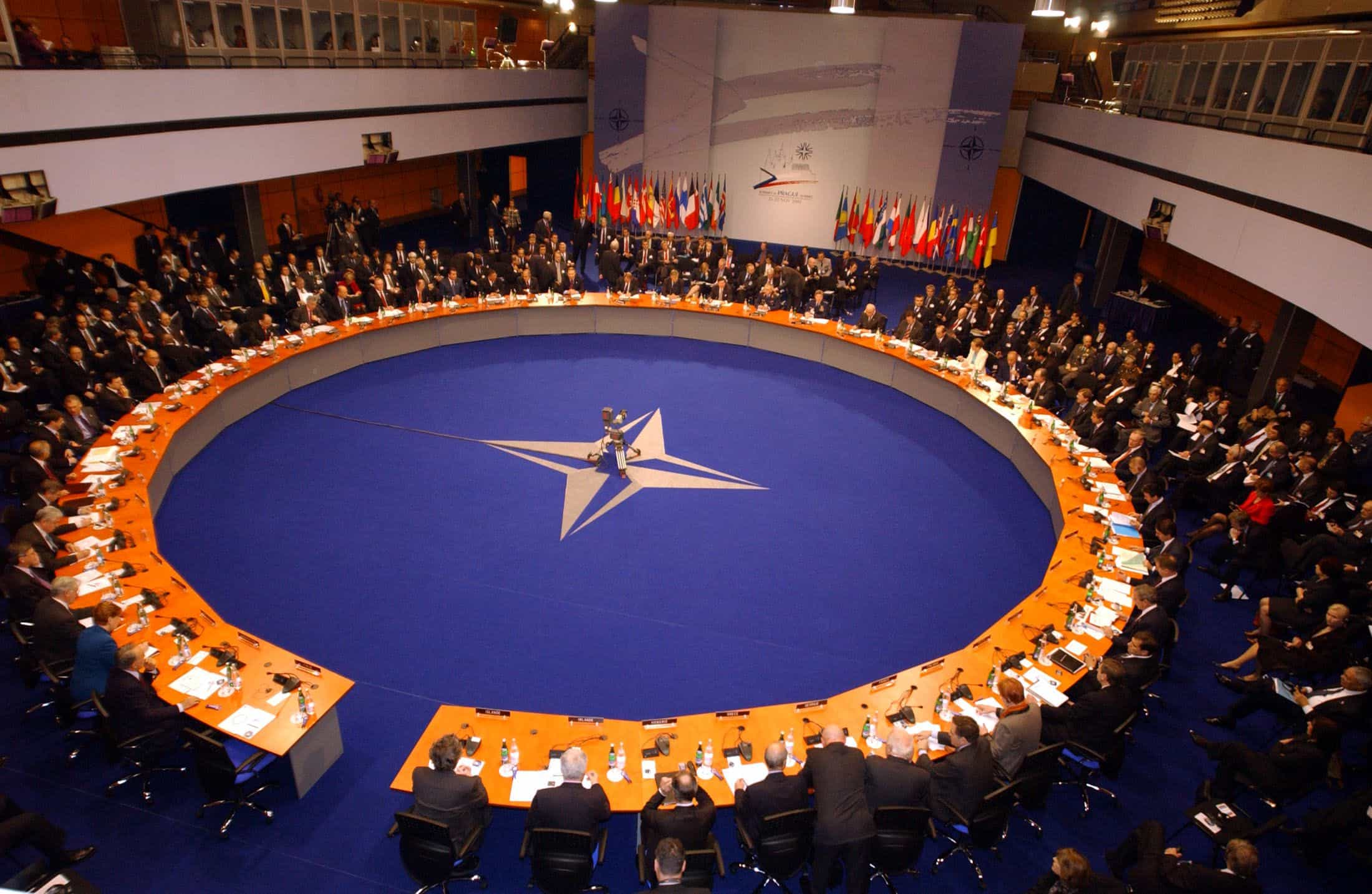NATO chief Jens Stoltenberg on Monday told allies to boost defence spending, as demanded by US President Donald Trump, if they want to preserve crucial transatlantic defence ties.
“This is essential for the continued strength of the transatlantic bond on which our alliance is founded,” Stoltenberg said in NATO’s 2016 annual report.
“For almost 70 years the unique partnership between Europe and North America has ensured peace and prosperity on both sides of the Atlantic,” he said.
“That is an achievement we can never take for granted.”
Trump caused dismay in Europe when he said on the campaign trail that NATO was “obsolete,” and failing to meet the challenge posed by Islamic terror groups.
His administration has repeatedly pressed the allies to meet a pledge to spend two percent of GDP annually on defence by 2024.
After the fall of the Soviet Union, NATO allies cut defence spending only to find themselves caught out by Russia’s intervention in Ukraine and its 2014 annexation of Crimea.
NATO leaders, pressed by then US president Barack Obama, agreed the two percent target in 2014 and reaffirmed it at a 2016 Warsaw summit to counter a more assertive Russia.
The NATO annual report said only five countries met the two percent target — the United States, Britain, Greece, Poland and Estonia — while Washington still accounted for nearly 70 percent of combined alliance defence spending.
Overall, the US-led alliance reversed the downturn in 2015 and last year, defence spending rose 3.8 percent or $10 billion (9.3 billion euros), it noted.
“In 2017, we must redouble our efforts to sustain the positive momentum and speed up national efforts to keep our pledge,” Stoltenberg said in the report.
Meeting the two percent target has caused some soul-searching in Europe over what the wider impact will be.
Critics cite the example of Germany, currently on 1.2 percent of GDP but an increase to 2.0 percent would put Berlin’s defence budget on a par with Russia’s at around 65 billion euros.
Trump has also called for a $54 billion hike in US defence expenditure, currently at more than $600 billion, winning broad support but also criticism that the money could be better spent elsewhere.









